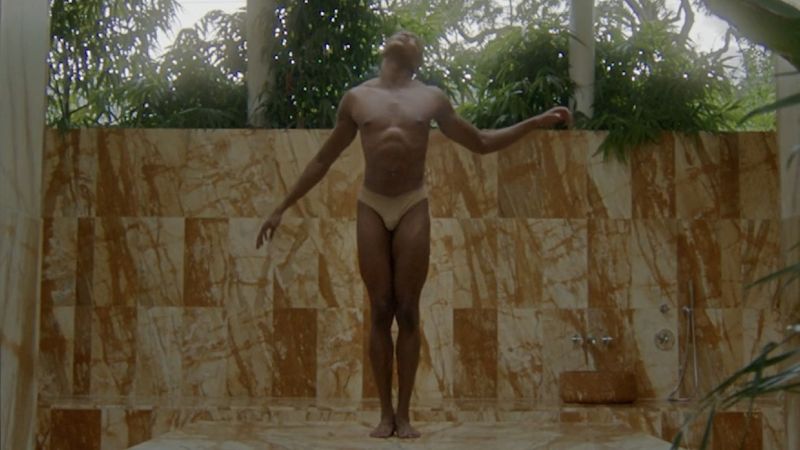Droga5's Shah on Creating Adroit Androids for Sprint
Group creative director, Amee Shah, tells us how Droga5 took a lighter look at a troubling subject - are robots outsmarting us? - for the wireless network's Super Bowl spot.
Sprint's Super Bowl ad this year took a comic swipe at our deep-seated fears about robot domination - and got in a sly dig at rival Verizon's prices - with its tale of a super-smart android, who calculates that her human creator is paying over the odds for the same service. Cue a labful of robots all having a good laugh at his stupidity (not to mention his 'dumb face').
The spot certainly got the shots team chuckling, so we decided to find out a bit from Droga5's Amee Shah [below], the group creative director behind the campaign.

What was the brief and did you know immediately how you wanted to approach it?
Sprint charges half as much for the same plan as Verizon. In 2018, when all networks are great, that's absurd! We needed to shake people out of their apathy and remind them of the simple math: why would you pay twice as much for less than a 1 percent difference? When you think about it logically, it makes sense to switch to Sprint, yet millions of people don't. Because sometimes, as humans, we don't think logically. We think lazily. So we needed a character that thinks objectively. Somebody who couldn't compute this human error. Enter: robots.
Q: What robots/androids (real or fictional) did you look at for inspiration for Evelyn’s character?
A: We wanted to look at what was being built out there in the robotics world (places like Boston Dynamics, etc.), but we also wanted to add our own flavour. We wanted Evelyn to be more advanced, more likable, more human. The team did a lot of research and realized that instead of our robot being inspired by robots of the past, we wanted future robots to be inspired by ours. We decided her lips should be articulated, but not perfectly. Her eyebrows should move, but very mechanically. The robots we created needed to look just right so that when they laugh at the doctor at the end of the spot it feels endearing and charming.

Q: What was the most challenging aspect of the shoot?
A: It was a long day. Not only did we have a long shooting board, everything we did was practical. The robots you see aren't CGI. They're real! We worked with Legacy Effects, guys who've created props for everything from Star Wars to Iron Man, making the coolest-looking robots ever. The most challenging part of the shoot was figuring out their personalities on set—figuring out how they move, how they talk, what their voices sound like—and shooting it all practically in-camera!
Q: How difficult was it to bring out the comedy in the spot - to put a comic spin on what is a deep-seated fear among people – that robots are simply cleverer than us?
A: It was a fine line—and our favorite line to walk. That’s the tension. The laughter and comedy break that tension, and that’s what makes it smart and satisfying in the end.
The twist here is that Evelyn isn’t really outsmarting the doctor on anything super-intelligent. Evelyn is doing second-grade math. Paying twice as much is just not smart. A child will tell you that. And then we took it even further: Evelyn and the robots continue to mock their “father” in the way only children can. Not only did they laugh, they laughed in the only way robots know how to: instead of laughing, they say the word “laughter.” They explained they were laughing at the doctor’s expense, All this helped us with the comedy and broke the tension.

Q: Why was Nick Ball the right director for the job?
A: The story of AI is bigger than all of us. We wanted this to feel big and important but also intimate and funny. Nick got that. He showed he could tackle both the technical and the comedic. We never wanted this to get too dark, but we needed to create a misdirect. Nick knew exactly how to do that. We also had an amazing working relationship with Nick. He was very collaborative with the team, and building this together with him was a lot of fun.
Connections
powered by
Unlock this information and more with a Source membership.
)






 Membership
Membership


